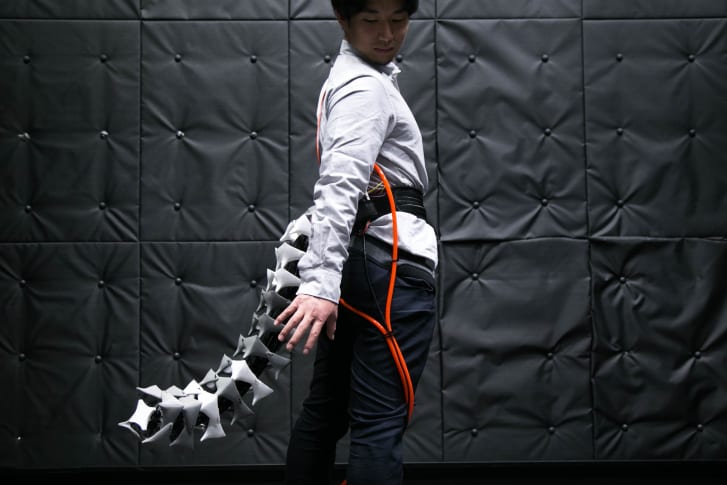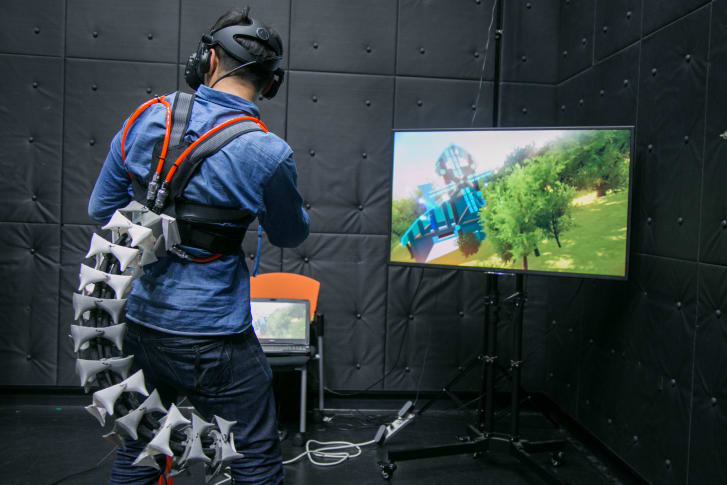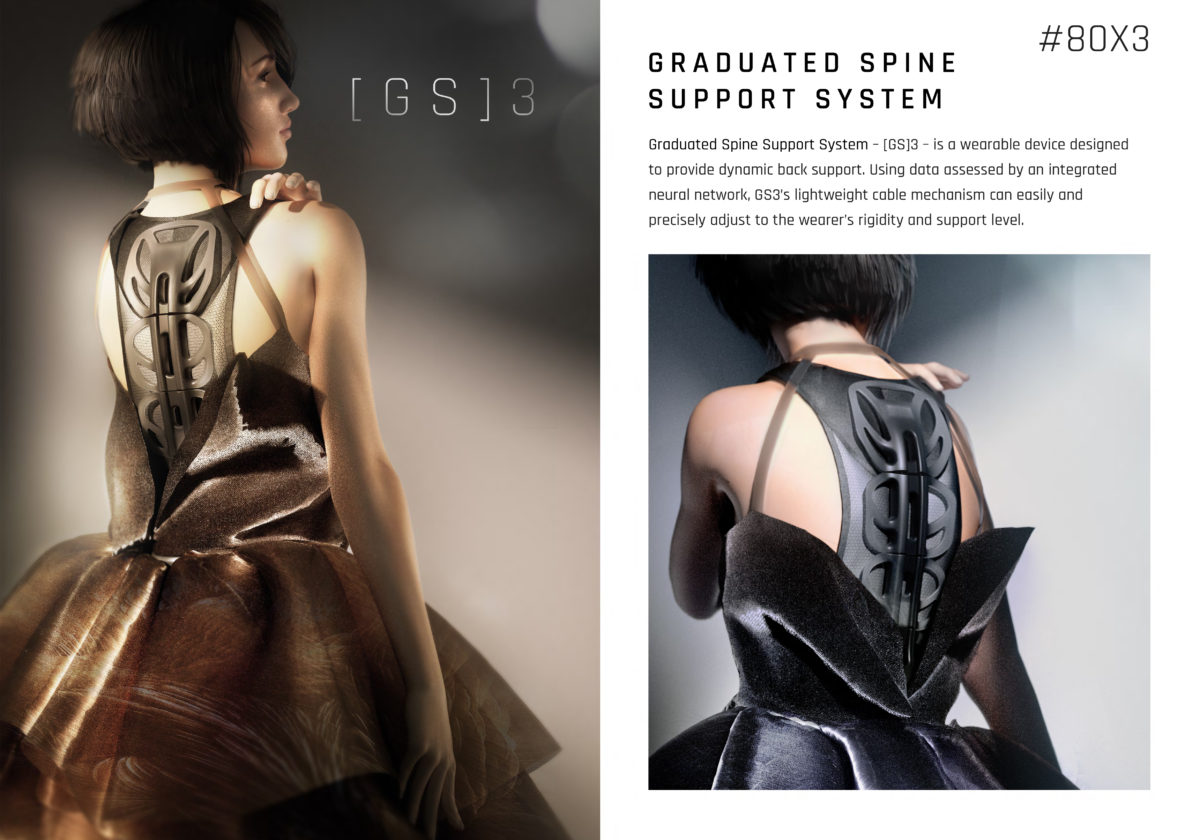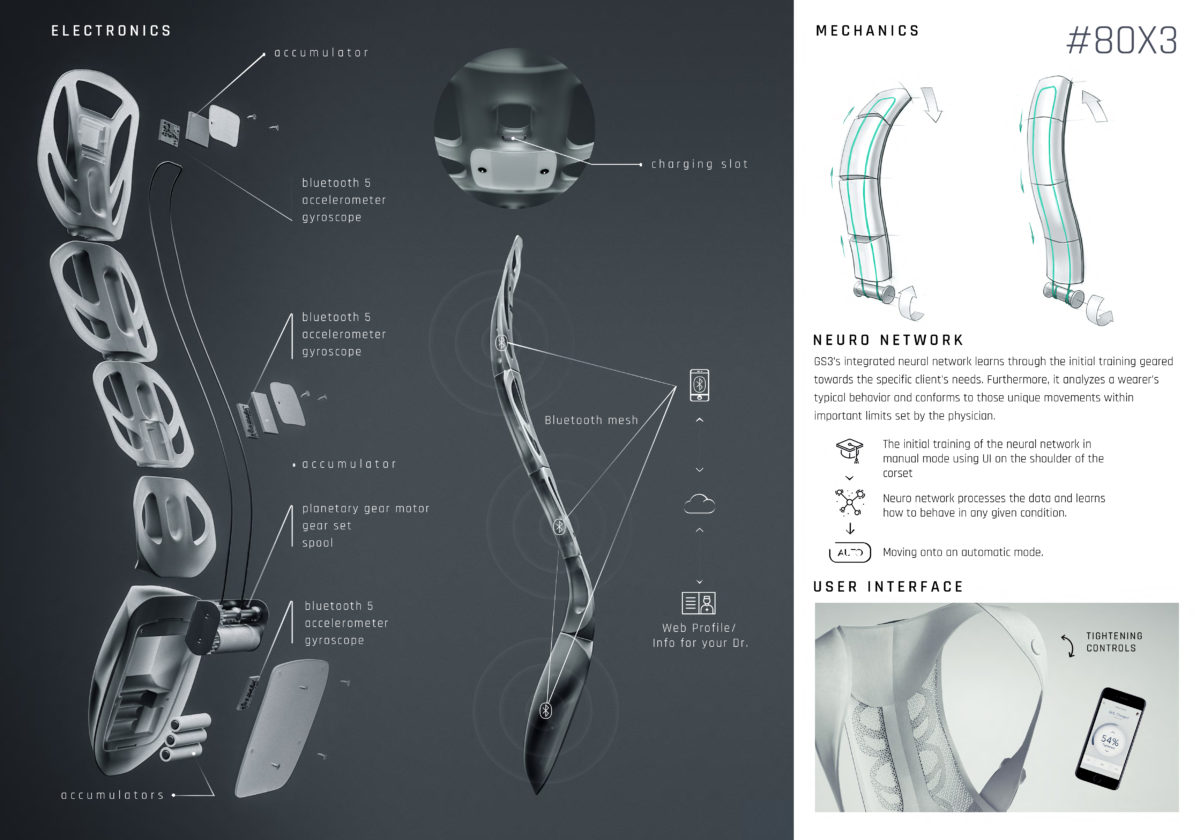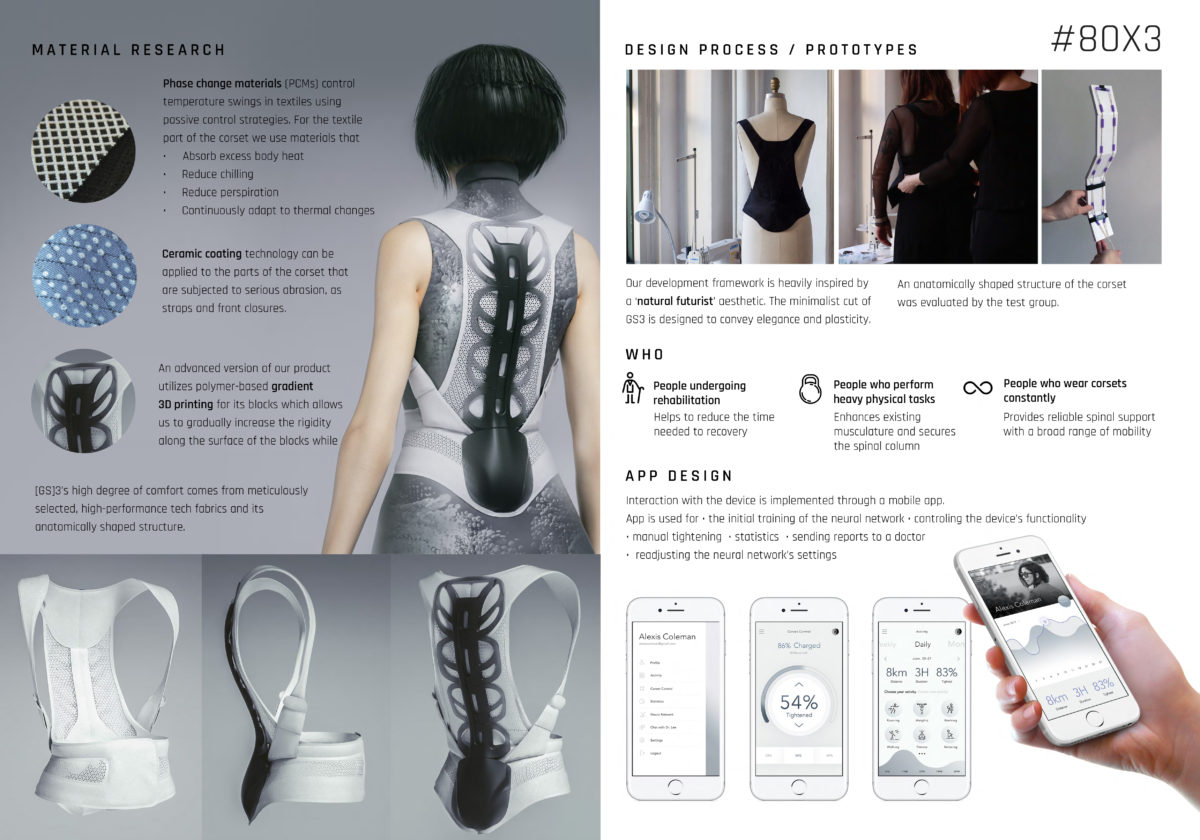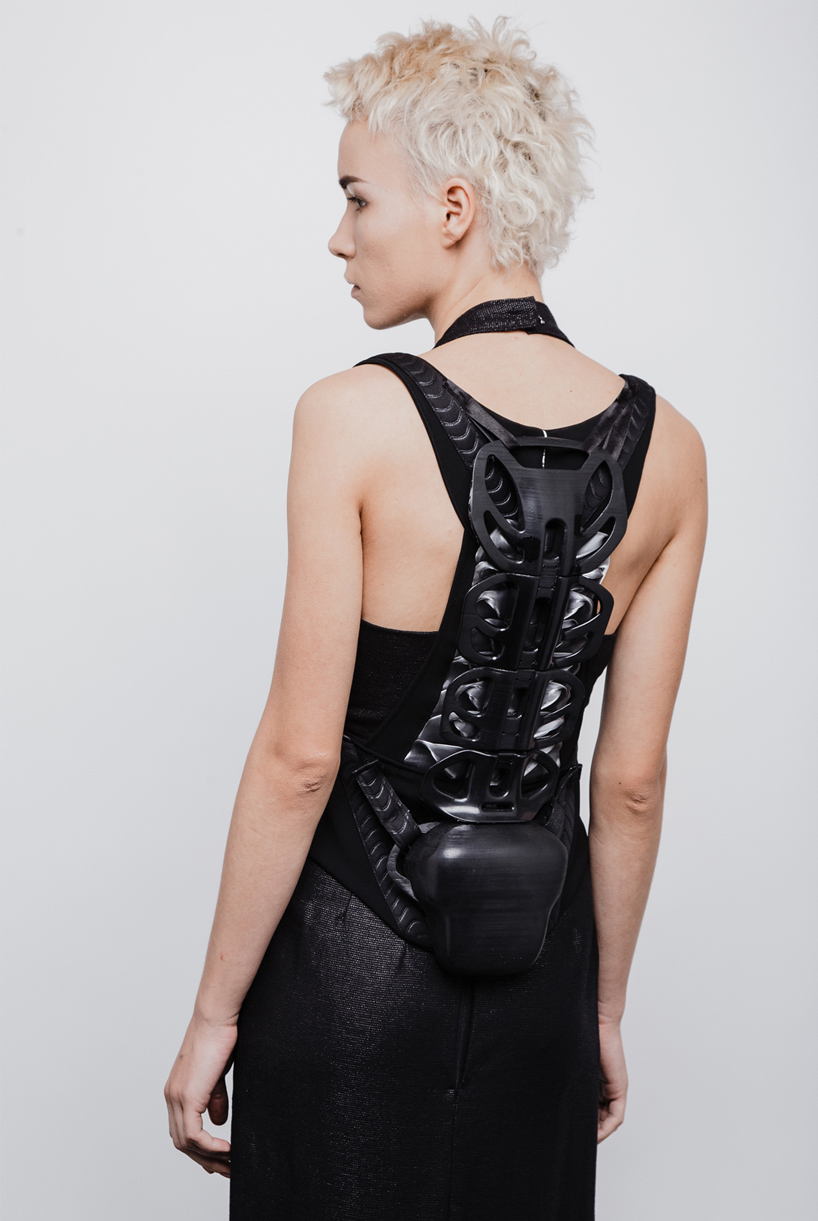Biomimicry.

Biomimicry; linking biology and design on the human body.
One of the most common forms of biomimicry is when technology comes together with ecology in a new way. It is not just about saving the environment, or creating awareness about a pre-existing problem. It is about understanding the possible relationship between two very different types of things humans utilize.
In an urban environment, we are usually so exposed to technology that we tend to neglect the environment around us. However, given how we are literally LIVING in the environment we are surrounded by, it should actually be our role model when we develop new technology. It is not only about nature appreciation, but also about making the connection between nature and design. It is two seemingly opposite ends of a spectrum of materials coming together to create a new sort of culture. In a sense, it is also a form of finding out new organic ways to move manufactured products in a market economy.
Through biomimetics, we can find out more about nature. In return, it also teaches us ways that we can be more sustainable in our design, and become more efficient and effective when using our resources. Biomimetics is essentially a culture which bridges the gap between technology and nature in a mutually beneficial relationship; while technology can help nature to thrive, nature can also teach technology to be more sustainable and diverse. It is not only restricted to resolving environmental issues as mentioned above. It is also about exploring different possibilities nature and technology can come together.
Both nature and technology are powerful elements on their own, and by coming together, it can perhaps open up a lot more possibilities for us.
Existing Examples:
Bullet Trains

Bullet trains were not a problem for Japan when they created high-speed bullet trains. However, it was incredibly noisy with “tunnel booms” (loud shock waves) occurring when the trains entered tunnels. These shock waves also caused damage to the tunnels themselves. Modeling after Kingfishers and their specialized beaks helping them to dive into water while making minimal splash (hence “shockwave”), bullet trains were made with a blunt front nose cap to minimize the tunnel boom and increase overall aerodynamics with their new streamlined nose. This is an instance where nature inspired technology to become even better.
Cephalopod Camouflage Wearable


Octopus and squids are example of cephalopods who can change their skin colour and can also glow (bioluminescence). This allows them to hide from their predators and communicate with others of their own species. Cephalopod Camouflage is then developed after this inspiration, where a device capable of detecting its surroundings and which can match its environment in just a few seconds is created. It makes use of a flexible, pixelated grid utilizing actuators, light sensors and reflectors. When a detection in the change of surroundings is triggered by the sensor, it sends a signal to the device which then creates heat and changes the colour of the thermochromatic grid on the wearable.
Gecko Climbing Feet

Inspired by how geckos climb up vertical surfaces without falling off, climbing pads has been invented imitating the tiny little hairs covering their tiny little toes. These climbing pads are covered with adhesive tiles bearing sawtooth-shaped polymer structures which are about the width of a human hair. This creates an adhesive force when they are pulled on, which allows a human to stay stuck to the wall like Spiderman.
Bird Skull Shoe

Wonder why birds can fly so well, so high and so light? This is because their bones are really lightweight! The Bird Skull Shoe is inspired by the extremely lightweight bone density of birds. As a result, shoes are not only comfortable and lightweight, they are also strong, efficient and elegant, just like actual bones. Perhaps, this can also ease our movements and make us feel less tired when we move about– and we still get to look rather elegant!
Tentacle-Inspired Prosthetic Arm

Prosthetics are meant to aid human functions when they are needed. It is supposed to ease our everyday movements, which is why this prosthetic arm is created in reference to a tentacle. It is flexible and adjustable, promoting better grip on items through a simple curling motion, which is supposedly more efficient than our slimy, sweaty palms.
Another similar example: ‘OctopusGripper’ by Festo


